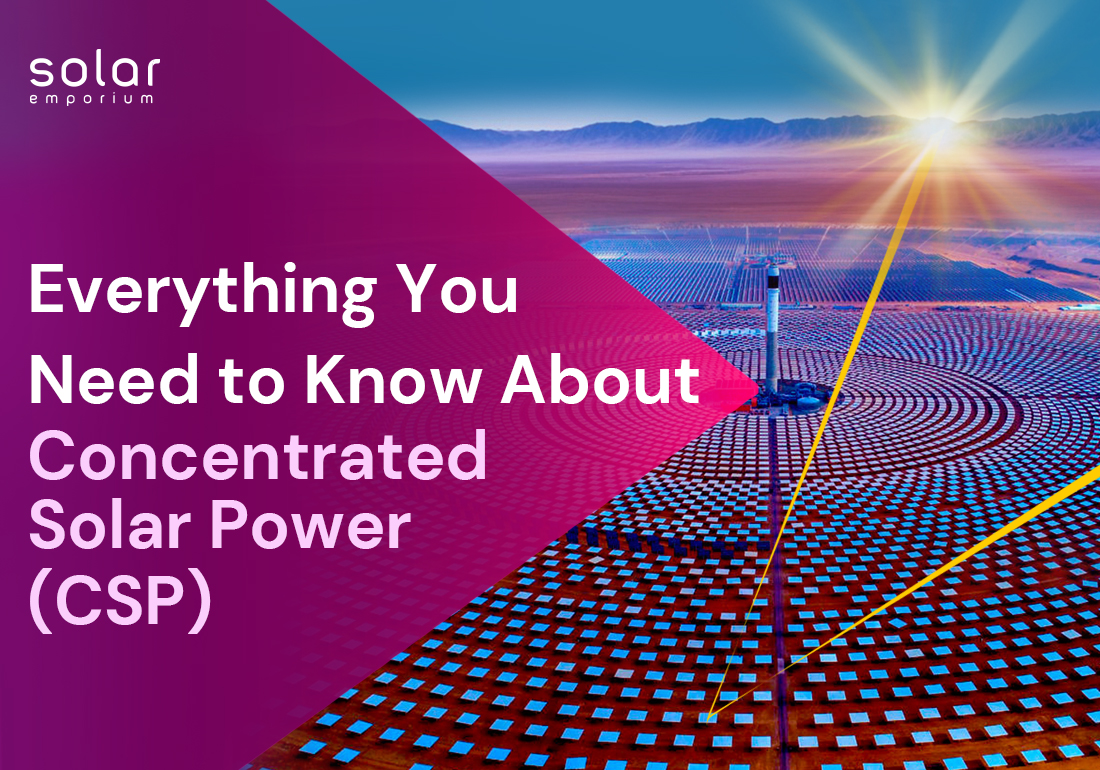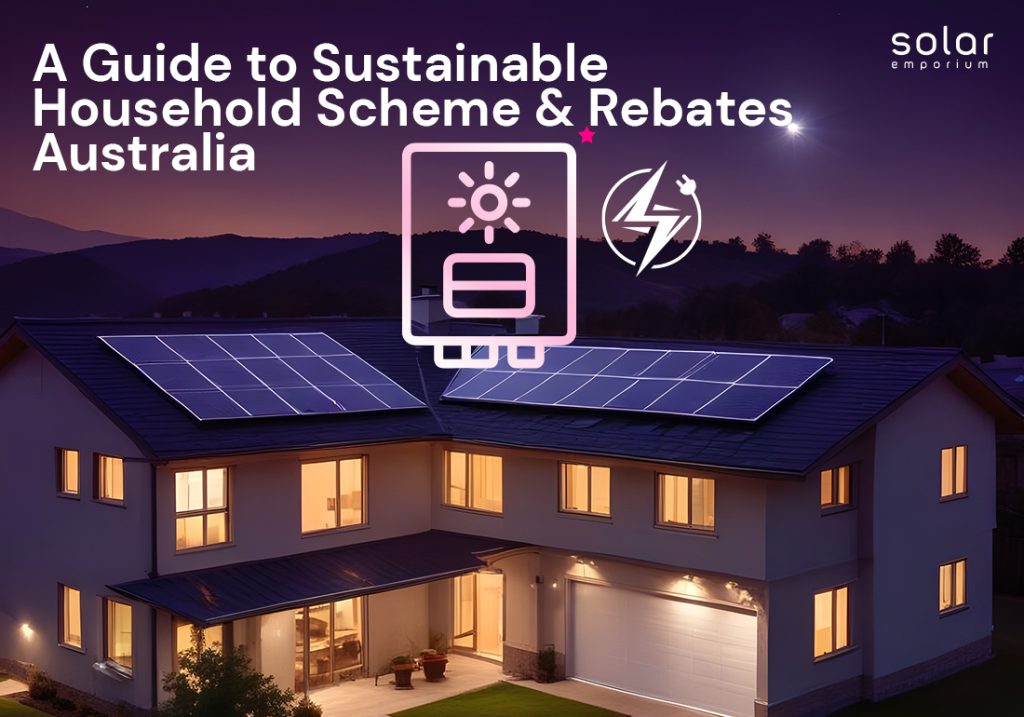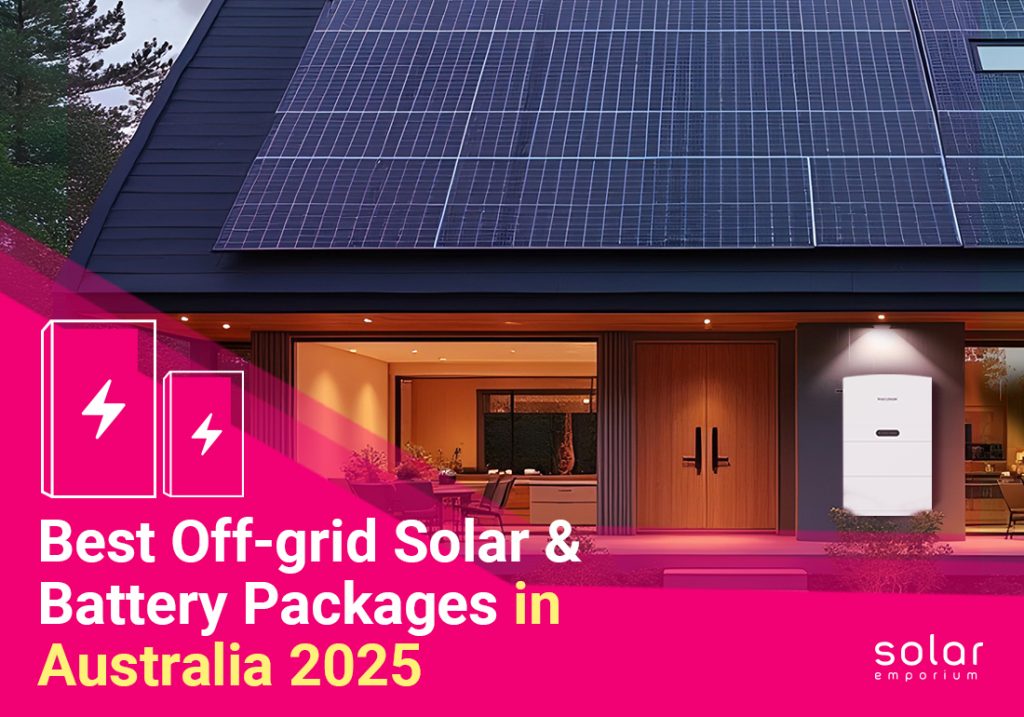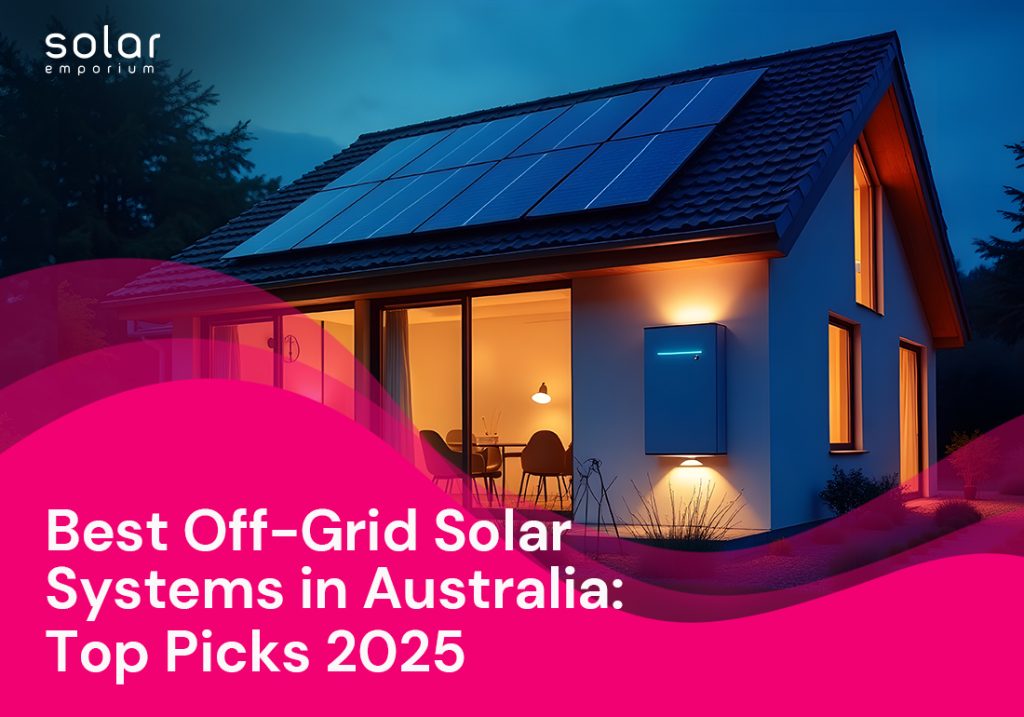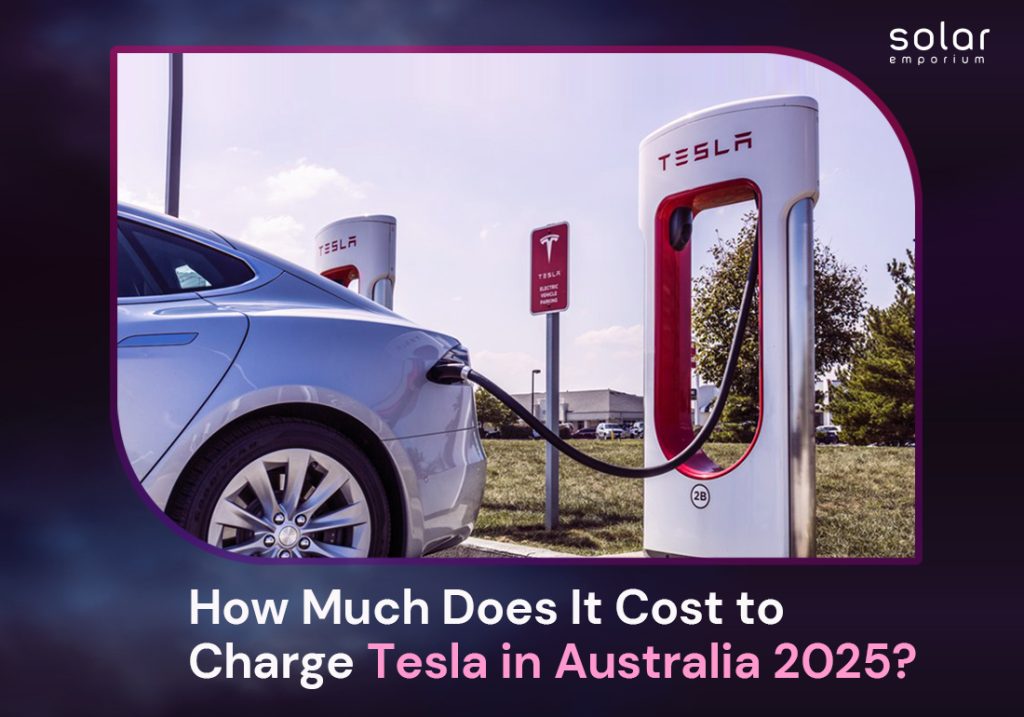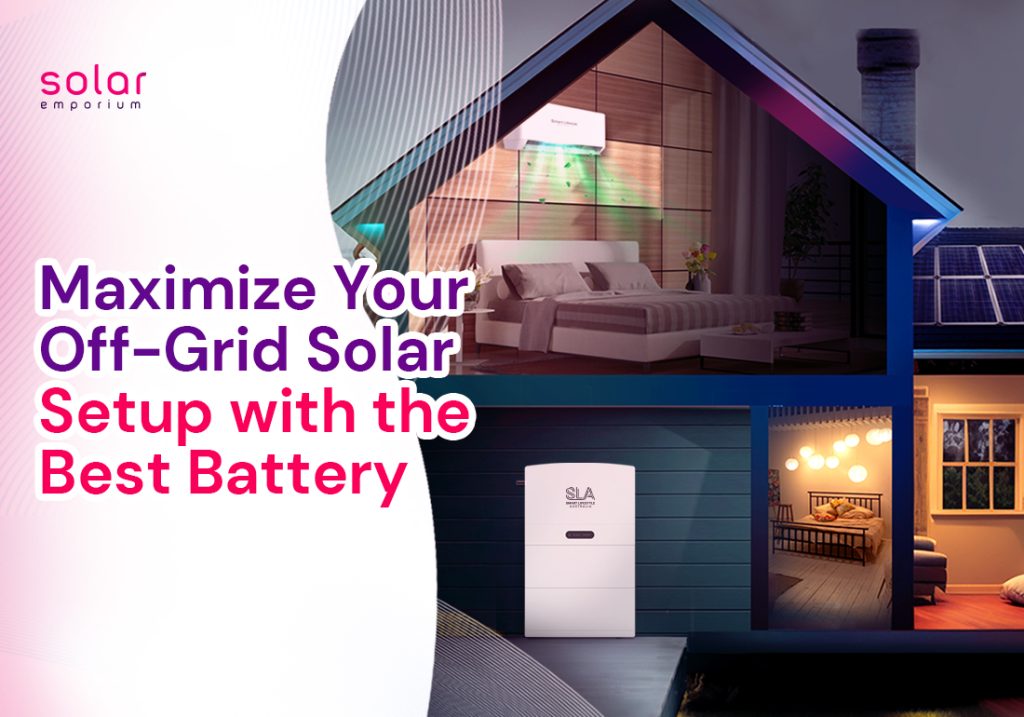Concentrated Solar Power (CSP) uses mirrors or lenses to focus sunlight onto a small area to generate power.
This concentrated sunlight is turned into heat, which then creates steam to run a turbine and produce electricity. CSP can store heat, so it works even when the sun isn’t shining, like at night or on cloudy days.
In 2019, the amount of electricity made by CSP went up by 34%, according to the International Energy Agency (IEA). Even though this growth is good, CSP still needs to grow by 24% each year until 2030 to meet its sustainability goals.
Key Overview
- Concentrated solar power (CSP), also called solar thermal power, uses mirrors to focus sunlight and generate electricity from the heat.
- The most common CSP systems are parabolic troughs and power tower plants.
- CSP can store energy, which helps it avoid the problem of inconsistent power that other renewable sources face.
- CSP is currently more expensive than other renewables, but efforts are underway to reduce costs.
- Unlike solar panels, CSP systems cannot be installed for home use.
What is Concentrated Solar Power (CSP)?
Concentrated Solar Power (CSP) uses mirrors or lenses to focus sunlight onto a small area to generate power.
This concentrated sunlight is turned into heat, which then creates steam to run a turbine and produce electricity. CSP can store heat, so it works even when the sun isn’t shining, like at night or on cloudy days.
In 2019, the amount of electricity made by CSP went up by 34%, according to the International Energy Agency (IEA). Even though this growth is good, CSP still needs to grow by 24% each year until 2030 to meet its sustainability goals.
How Does Concentrated Solar Power Work?
Concentrated Solar Power (CSP) uses mirrors to focus sunlight onto a receiver, turning the sunlight into heat. This heat is then used to make steam, which drives a turbine to produce electricity.
CSP can store heat, so it can generate power even when the sun isn’t shining, like at night or on cloudy days. This ability to store energy makes CSP a flexible renewable energy source.
CSP systems can also be combined with other power sources, like coal, natural gas, or biofuel, to create hybrid power plants.
The heat from concentrated solar power, called thermal energy, can spin a turbine or run an engine to make electricity.
It can also be used in different industries, such as turning seawater into freshwater, extracting more oil, processing food, making chemicals, and refining minerals.
Smaller CSP systems can be set up where power is needed. For example, single dish/engine systems can produce 5 to 25 kilowatts of power per dish and can be used locally.
There are Four Types of CSP Technologies:

- Parabolic trough systems: Curved mirrors focus sunlight onto a pipe containing thermal oil. The heated oil generates steam to produce electricity.
- Power tower systems: Mirrors called heliostats focus sunlight onto a receiver at the top of a tower. A fluid, often molten salts, is heated and used to make steam, which drives a turbine generator.
- Linear Fresnel systems: Flat mirrors arranged in rows reflect sunlight onto a receiver pipe above them. Like other systems, they can store heat or generate steam directly.
- Parabolic dish systems: A dish-shaped mirror focuses sunlight onto a receiver with a tracking system that follows the sun. The heat generated is used by a heat engine to produce power. This system can reach very high temperatures, making it suitable for solar reactors.
Benefits of CSP
Clean energy: CSP captures sunlight and heat to produce electricity without emissions. The only byproduct is waste heat, which can be used for things like water desalination.
Thermal energy storage: CSP can store heat in materials like molten salt or oil, which is cheaper than lithium batteries. This makes CSP a reliable energy source even when the sun isn’t shining.
Complements other renewables: CSP’s ability to store heat means it can provide power when it’s needed most, like in the evening, or continuously as a stable power source. This helps balance the intermittency of solar panels and wind energy.
Industrial heat applications: CSP can provide heat for industries that need high temperatures, like cement and steel-making, potentially replacing fossil fuels in these sectors.
Cons of CSP
Higher cost: CSP is the most expensive major utility-scale power source. Efforts are being made to lower the cost by 2030 to compete with fossil fuels.
Only feasible at large scale: Except for parabolic dish systems, CSP is only practical for large-scale projects, unlike solar panels which are cost-effective even for individual homes.
Comparison Between CSP and Other Electricity Sources
CSP, which generates power using heat, is similar to coal, gas, or geothermal power stations. Unlike these, CSP can store energy as heat (like molten salt), allowing it to supply electricity anytime, day or night. This makes CSP a reliable source of solar power.
This reliability is especially useful in areas with lots of solar panels (PV), where electricity demand is high in the evening when PV power decreases.
CSP and PV both use solar energy, but PV has grown much faster due to lower costs. In 2017, CSP made up less than 2% of global solar power capacity. However, CSP’s ability to store energy at night makes it a strong competitor with other constant power sources.
How Efficient is Concentrated Solar Power?
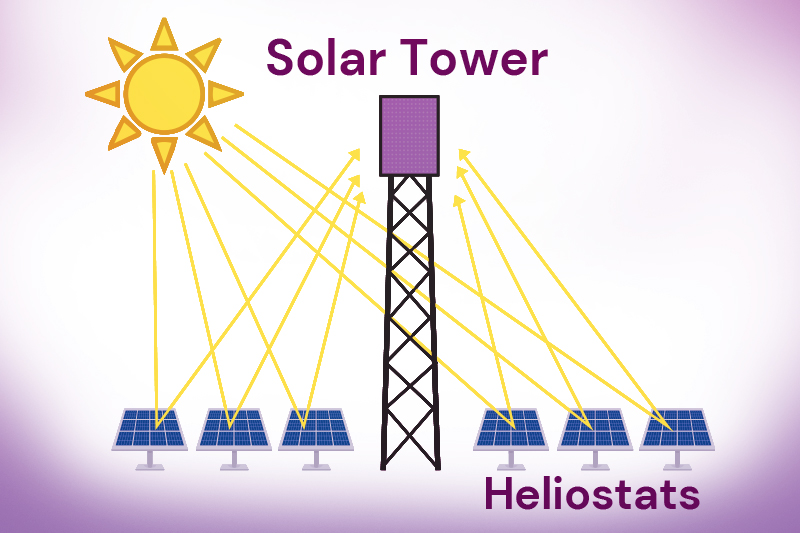
The efficiency of CSP systems varies based on factors like the type of system, engine, and receiver used. Most CSP systems have an efficiency between 7% and 25%/.
For comparison, hydropower systems can be up to 90% efficient, wind turbines up to 59%, and solar PV panels between 14% and 23% efficient.
What is the Difference Between Solar and Concentrated Solar Power?

The main difference between solar energy and CSP is how they produce electricity. CSP uses mirrors to concentrate sunlight and generate heat, which then drives a heat engine to produce electricity. Solar PV panels use the sun’s light directly to generate electricity.
PV cells absorb light, which creates an electrical current. This direct current (DC) is then converted to alternating current (AC) for use.
CSP systems can store energy as heat, allowing them to provide power even when the sun isn’t shining. PV systems can’t store thermal energy since they rely on direct sunlight. This makes CSP better for energy storage and overall efficiency.
Cost of Concentrated Solar Power in Australia
The cost of concentrated solar power (CSP) in Australia is about 15 to 25 cents per kilowatt-hour (kWh). This is more expensive than other types of renewable energy like wind and solar panels, which cost around 5 to 10 cents per kWh.
CSP costs are higher due to the advanced technology and materials needed to focus sunlight and store heat.
Despite the higher cost, CSP has the advantage of being able to store energy, providing electricity even when the sun isn’t shining. This makes it a reliable option for continuous power supply.
The Australian government and various organizations are working on projects and research to reduce the cost of CSP. They aim to make it more competitive with other renewable energy sources by improving technology and efficiency.
Overall, while CSP is currently more expensive, its potential for reliable and continuous power makes it a promising option for the future of renewable energy in Australia.
Choose Solar Emporium for Your Solar Requirements
Choosing Solar Emporium for your solar needs is the best decision for you. We are offering Tier-1 solar panels and solar batteries.
Our experienced team will guide you through every step of the process to install solar panels on your home. We will ensure you get a system that fits your needs and budget. We prioritize customer satisfaction above all else.
With Solar Emporium, you can rest assured, knowing you’re investing in a sustainable future with a company that cares about you and the environment.
